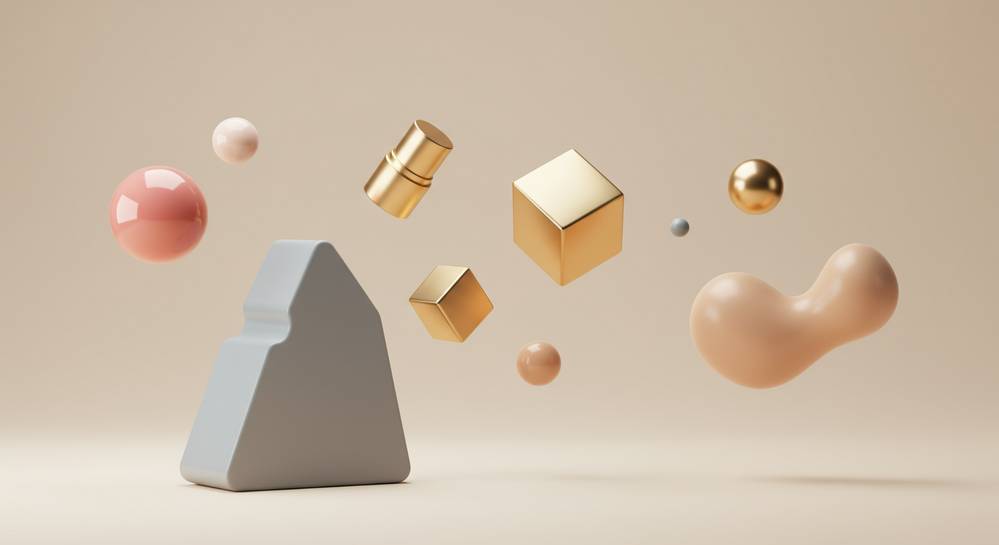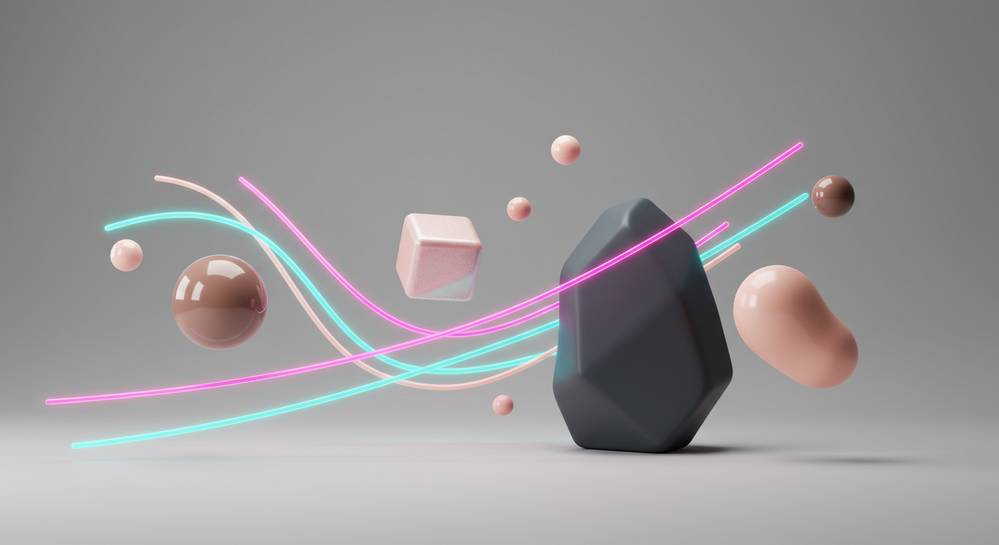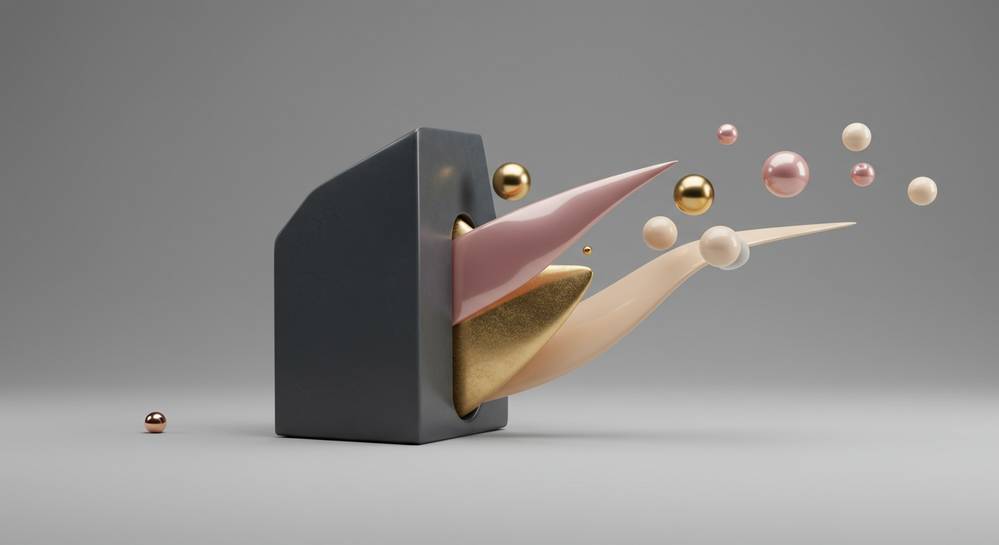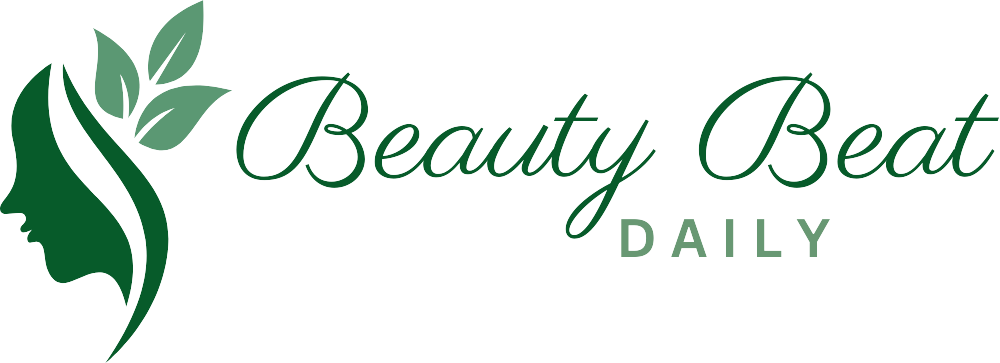The beauty industry is a dynamic landscape where major shifts happen through strategic acquisitions. Keeping up with the latest beauty brand acquisition updates is essential to understanding the trends, innovations, and power plays shaping the future of cosmetics. This article breaks down why these deals are happening, which brands are being targeted, and what it all means for consumers and the market at large.
Why major players are acquiring beauty brands

The beauty industry is in a constant state of evolution, driven by strategic brand acquisitions. Large conglomerates seek innovative brands to gain a competitive edge, not just to expand. This is a calculated move to acquire unique technology, access new consumer demographics like Gen Z, and integrate sustainable practices. Understanding the latest beauty brand acquisition updates shows these moves are driven by a few core motivations that shape the modern beauty industry.
- Market Share Growth: Acquiring an established brand is often faster and less risky than building a new one from the ground up.
- Innovation Pipeline: Startups are frequently at the forefront of product innovation, giving acquirers immediate access to cutting-edge formulas.
- Audience Acquisition: Niche brands often have incredibly loyal, targeted followings, allowing a parent company to tap into a pre-existing customer base.
Key trends driving the latest acquisitions

The patterns behind beauty acquisitions reveal where the industry is heading. Buyers are targeting brands that align with significant market shifts and consumer values. Understanding these beauty brand acquisition updates helps predict future market movements. These strategic acquisitions often fall into several key categories that reflect modern consumer demand and highlight major beauty industry trends. Each purchase is a calculated investment into a specific growth area, from sustainability to technological innovation.
- Clean and Sustainable Beauty: Brands with transparent ingredient lists and eco-friendly packaging are highly sought after as consumers demand ethical products.
- Niche and Indie Brands: Small, independent brands with authentic stories and loyal followings offer agility and a deep audience connection.
- Celebrity and Influencer-Backed Brands: These companies come with a massive built-in marketing platform, significantly reducing customer acquisition costs.
- Beauty Tech and Personalization: Brands using biotech for advanced formulas, like those in products to reduce hair breakage, offer a shortcut to innovation.
Notable beauty acquisitions shaping the industry
Analyzing recent high profile deals provides concrete examples of the trends shaping the market. These acquisitions are not just headlines; they are strategic moves that create ripple effects across the beauty landscape. Each deal tells a story about a specific market opportunity or a shift in consumer preference, offering a clear view of the latest beauty brand acquisition updates.
L’Oréal acquires Aesop
L’Oréal’s acquisition of Aesop for a reported $2.5 billion is a landmark deal. It highlights the growing importance of experiential retail and minimalist, high quality formulations. Aesop’s distinct brand identity gives L’Oréal a stronger foothold in the premium, wellness oriented beauty space.
Kering acquires Creed
Kering’s move to acquire the high end fragrance house Creed signals a key trend. Major luxury fashion conglomerates are building their own beauty divisions. This allows them greater control over brand image and distribution, rather than relying on licensing deals.
Unilever acquires K18
Unilever’s purchase of K18, a biotech powered haircare brand, underscores the value of science backed innovation. K18’s patented technology and massive social media success demonstrated a clear market demand for products that deliver visible, scientifically proven results.
What these acquisitions mean for consumers and the future

These large scale acquisitions directly impact everyone, from brand founders to the everyday consumer. For the industry, this trend leads to consolidation, where a few major players control a vast number of brands. This can provide smaller brands with the resources they need to scale globally and invest in development. These beauty brand acquisition updates signal a major shift in the market structure.
For consumers, the effects can be mixed:
- Increased Accessibility: An acquired indie brand may suddenly become available in mainstream retailers worldwide, making it easier to purchase.
- Potential for Formula Changes: To streamline production or cut costs, a new parent company might alter a beloved product formula, disappointing loyal customers.
- Innovation vs. Homogenization: While corporate resources can fuel innovation, the unique spirit of an original brand risks dilution.
The future will likely see continued interest in brands focused on biotechnology, inclusivity, and sustainability. These areas reflect the core values of the next generation of beauty consumers.
Ultimately, beauty brand acquisitions are more than just financial transactions; they are a clear barometer of the industry’s direction. They reflect shifting consumer priorities towards sustainability, scientific innovation, and authentic brand storytelling. Staying informed about these changes allows us to better understand the products we use and the brands we support. For the latest analysis on all things beauty, keep exploring with Beauty Beat Daily.
